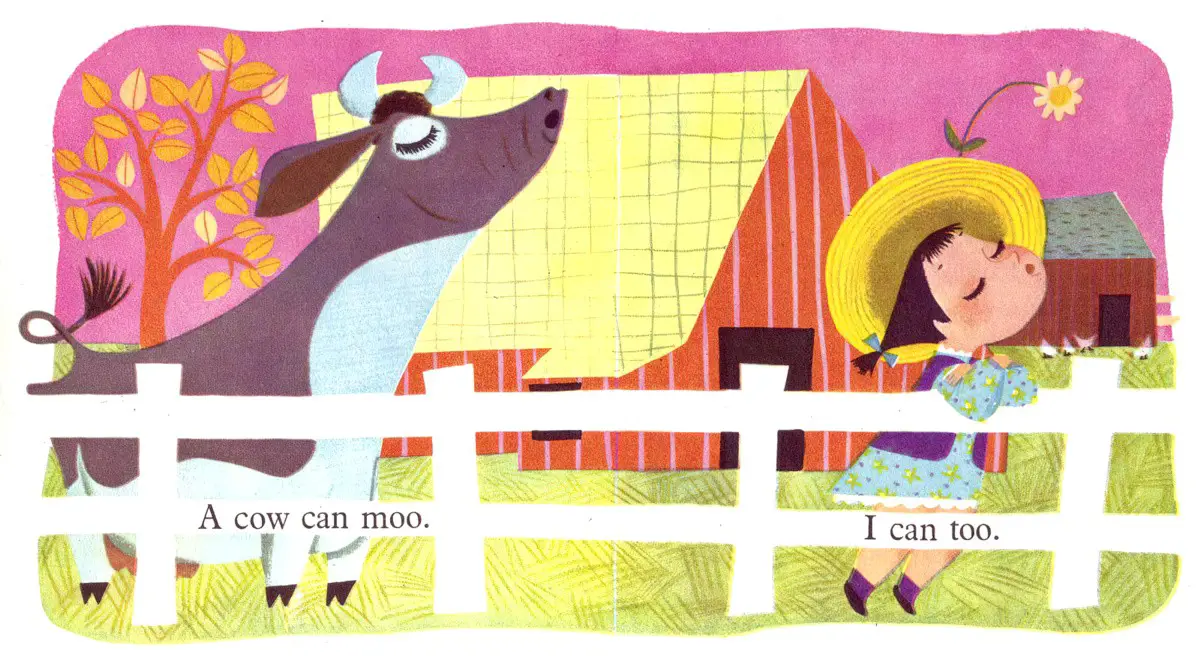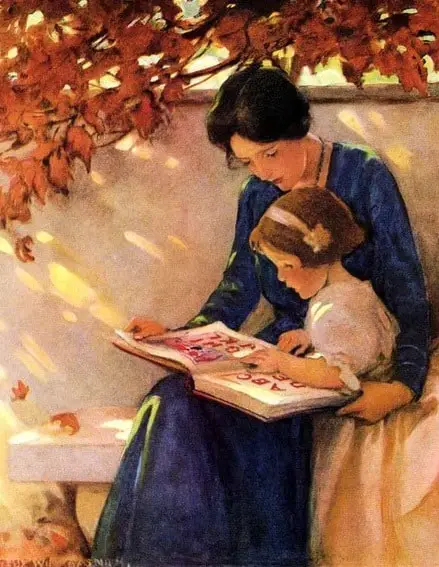‘Dialogic’ is related to the word ‘dialogue’ and describes ‘having a conversation’. In education, dialogic reading refers the conversation adults have with students around the text they are reading together.
Adults typically ask questions and make comments to help young readers explore the shared story at a deeper level.
Because it is the dialogue that happens around a story that results in the most learning, the medium of the story is far less important. Adults can practise dialogic reading with their children whether they are reading a paper story or an app. The key here is that the story progresses via ‘page turns’ (or the digital equivalent thereof). When the reader is able to control the pace at which they read the story, they are afforded more time to reflect.
Kathy Hirsh-Pasek, a professor of psychology at Temple University and an author of “Einstein Never Used Flashcards,” has studied use of e-books and other electronics by parents and children and said the lesson of all the studies is that what really matters is the back-and-forth relationship.
“Look for something that’s active, engaging, meaningful and interactive,” she said. “The bad news and the good news is, you can’t outsource learning to an app, but the good news is there’s really room for us, two minutes of time, five minutes of time, look into our children’s eyes, have the conversation.”
Perri Klass
Dialogic ‘reading’ can also happen when adults and children watch TV and movies together, but it’s more difficult to find quiet spots in which to have a conversation, as stories told on screen are not inherently designed for the pause.
EXAMPLES OF DIALOGIC QUESTIONS
The key to asking questions which prompt dialogue: ‘might’ and ‘think’. Don’t ask what will happen next. Ask what the child thinks might happen next. The young reader needs reassurance that there are no wrong answers. We are never wrong about what we think might happen. A mixture of open and closed (yes/no) questions is fine and natural. Just be sure to include the open questions.
- What do you think this word means?
- Can you see the [Green Sheep]?
- What do you think might happen next?
- What is this pig doing?
- Why did she do that?
- Can you make a cow sound?
- Do you think he wants to share the hat?
- Would you ever want to keep a moose as a pet?

Including questions about feelings helps students to become emotionally literate. Once you start engaging with children about the books you’re reading together, you’ll find there are some books they like more than others.
Although children are often positively engaged with picture-books, they may also respond with negative comments. While some educators or other adults may interpret this as dislike for the book, Sipe and McGuire (2006b) report that young children’s oppositional responses or resistance to picture books read aloud can reveal ways in which this audience perceives the book’s literary and visual elements and their relationships as they convey meaning. From their observations of interactive read-alouds, the researhcers identified six conceptual categories that describe how and why children may express resistance to a picture book:
- Intertextual Resistance. A new version of the story is different from the version with which the child is familiar.
- Preferential or Categorical Resistance. Children attribute their dislike of teh book to some personal construct: e.g., the book is for someone much younger or the topic is boring.
- Reality Testing. Children perceive a conflict between the world of the story and their understanding of reality.
- Engaged of Kinetic Resistance. Events or characters in the story are rejected because they are painful for the reader to consider.
- Exclusionary Resistance. Children can’t imagine themselves in the story.
- Literary Critical Resistance. Children have constructed criteria of what makes a good story, and the present story doesn’t meet those criteria.
Sipe and McGuire (2006b) theorize that “the match or mismatch between the assumptions and perspective embedded in the text [and/or/the art] and those held by the reader contribute to the expression of resistance. (p 10). The researchers suggest that “Observant teachers can capitalize on instances of resistance…to initiate deeper discussions” (p. 10) about both text and art in picture-books. Such discussions encourage students to learn from one another’s perspectives, to question and develop rationales for artists’ and authors’ decisions, and to create their own versions of stories and images. Resistance is not the same as indifference; rather, it is another form of engagement that is likely to inspire considerable interest and analysis among readers.
Recent Research On Picturebooks
Header painting: Jessie Willcox Smith (1863 – 1935), American illustrator

